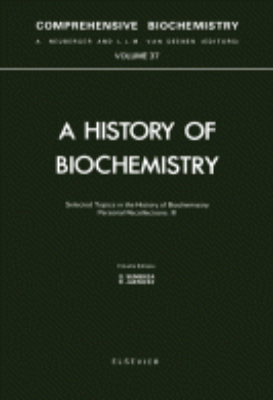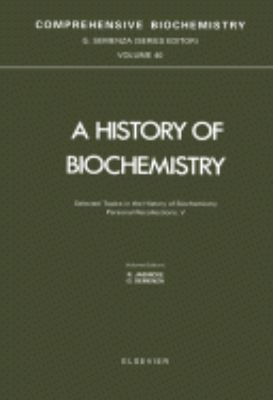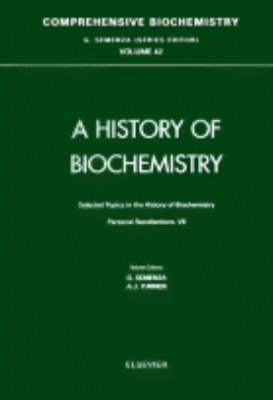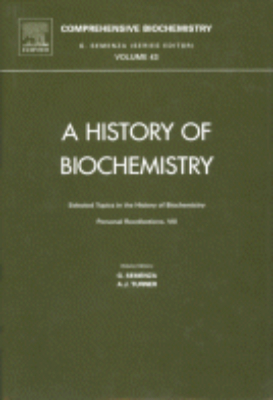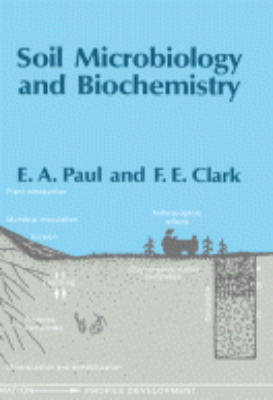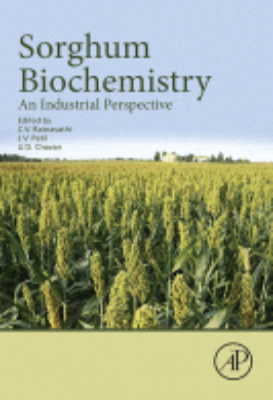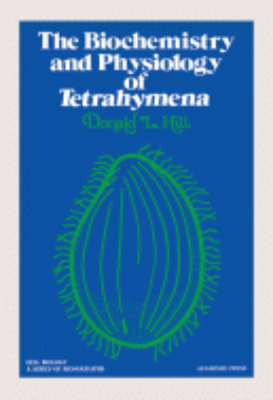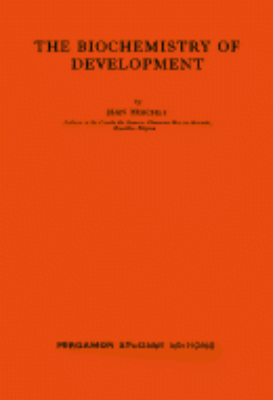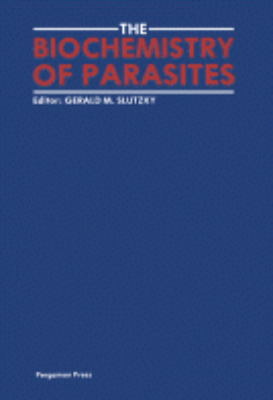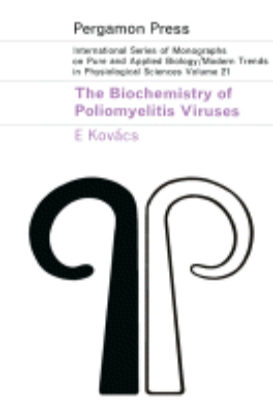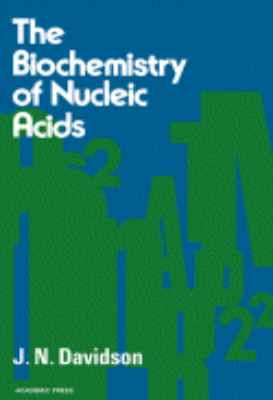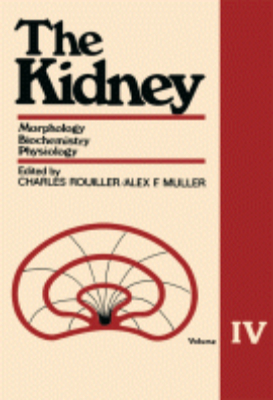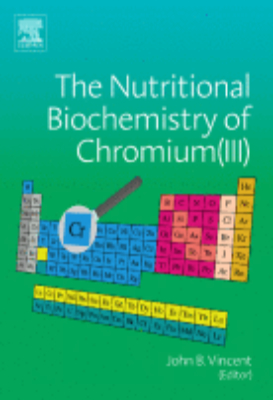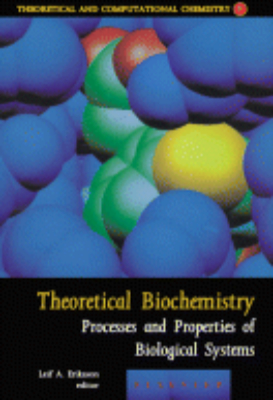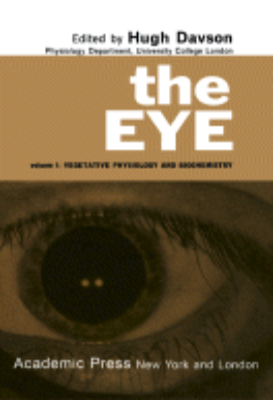E-Resources
Soil Microbiology and Biochemistry
Soil Microbiology and Biochemsitry enconmpasses the broad spectrum of soil organisms and the dynamic processes carried on by them, including ecological relationships in the biota, the dynamics of the carbon and nitrogen cycles, and microbe-driven reactions involving sulfu, phosphorous, and metals. This reference source will prove invaluable to anyone involved in the study of agricultural and nonagricultural soils. Key Features This book provided a process-oriented approach on nutrient cycling and fundamental soil processes for students who are studying soil microbiology and biochemistry an up-to-date assessment of the diverse systems affected by soil organisms for researchers in the fields of agronomy, environmental quality, and natural sciences the application of molecular biology to soil organisms, mathematic modeling of soil processes, a supplementary reading list, and a glossary.
Sorghum Biochemistry: An Industrial Perspective
"Sorghum Biochemistry: An Industrial Perspective explores the many uses for sorghum in industry and biofuels. Not only does it offer a detailed understanding of the physical and biochemical qualities of the grain, it also takes an in-depth look at the role sorghum plays in such industries as brewing and ethanol production and the mechanics of post-harvest processing and value addition. Sorghum has long been an important staple in Africa and Asia, but its value goes far beyond its uses in human and animal consumption. Sorghum is also used in many industries, including waxes, packing material, wall board, ethanol, beverages, and brewing, and one variety called sweet sorghum has also been used as a bioenergy crop. Sorghum Biochemistry: An Industrial Perspective offers a closer look at how the grain is used in such a variety of ways, and how we can continue to optimize its potential. Key Features. Provides detailed biochemical studies on grain sorghum to inform researchers grappling with similar issues. Offers foundational information on the quality and composition of sorghum as a grain. Covers a variety of uses for sorghum in many industries, including food and beverage, energy, and brewing. Includes photos and illustrations to enhance the understanding of processes and sorghum biochemistry"
Subcellular Biochemistry and Molecular Biology
The Biology of Euglena, Volume IV: Subcellular Biochemistry and Molecular Biology focuses on the subcellular biochemistry and molecular biology of eukaryotic microorganisms that belong to the genus Euglena, including Euglena gracilis. It investigates enzymes and their functional location in Euglena cells, along with subcellular particles, the nucleus, the mitochondria, the chloroplast protein synthesis and chloroplast DNA, and the microbodies and lysosomes of Euglena. Organized into eight chapters, this volume begins with an overview of techniques in determining the location of enzymes and in isolating organelles in Euglena. It then proceeds with a discussion of the nucleus, its ultrastructure and macromolecules, and chromatin organization. The next chapters examine the morphology and ultrastructure of mitochondria, the morphology and biogenesis of microbodies and lysosomes, the nuclear-cytoplasmic interaction, and the structure and physicochemical properties of chloroplast DNA. The last two chapters consider the ribosomal RNAs of Euglena and the organization and activities of cytoplasmic, mitochondrial, and chloroplast ribosomes and polyribosomes, along with its polyadenylated and messenger RNA. This book will be of interest to biochemists, molecular biologists, botanists, and plant geneticists.
The Biochemistry and Physiology of Tetrahymena
The Biochemistry and Physiology of Tetrahymena presents a review of the literature covering the physiology and biochemistry of the ciliate genus Tetrahymena, of which Tetrahymena pyriformis is the most studied species. Organized into 10 parts, this book first provides basic information about Tetrahymena, which is found in almost any body of water and is so unusual that one can debate quite rationally as to whether it is an animal or a plant. Other chapters are restricted to specific subjects about this organism, namely, carbohydrate, lipid, energy, protein, amino acid, purine, pyrimidine, and nucleic acid metabolism. The organisms biochemical genetics, vitamin and inorganic requirements, and evolution are also shown. This book also explores the effect of radiation, drugs, and hydrostatic pressure on Tetrahymena. The documented information presented in this book will be sufficient to stimulate even more interest in the organism.
The Biochemistry of Development
The Biochemistry of Development focuses on advances in chemical embryology. The book first discusses gametogenesis, including the processes of oogenesis and spermatogenesis. The text describes fertilization and related aspects, such as physical, morphological, and metabolic changes during fertilization. The selection also underscores the process of cleavage. Concerns include morphology and cytochemistry of dividing eggs; importance of nucleic acids and proteins; formation of the furrow; and biochemistry of cleavage. The text also looks at the chemical embryology of invertebrate eggs. Examinations are done on the eggs of worms, mollusks, sea urchins, and ascidians. The book also evaluates the chemical embryology of vertebrate eggs. RNA and protein metabolism of intact eggs; chemical nature of inducing substances; and physical properties of inducing agents are underscored. The text also offers information on the biochemistry of differentiation and the biochemical interactions between the nucleus and the cytoplasm during morphogenesis. The selection is highly recommended for readers wanting to study chemical embryology.
The Biochemistry of Foreign Compounds
The Biochemistry of Foreign Compounds presents the various aspects of biochemistry of foreign compounds in relation to toxicology, pathology, and pharmacology. This book discusses the classification of foreign compounds according to usage, namely, food additives, drugs, pesticides, industrial chemicals, and natural foreign compounds. Organized into two sections encompassing 12 chapters, this book starts with the absorption and secretion of foreign compounds. This text then discusses the two phases of reaction in the metabolism of foreign compounds. Other chapters consider the rate at which each reaction proceeds wherein its relative significance may be affected by many factors that may result in changes in the pattern of metabolism and differences in toxicity. This book discusses as well the physiological factors that affect metabolism, including age, sex, pregnancy, disease, and the nutritional state of the animal. The final chapter deals with the metabolism of some of the commonly used industrial chemicals. This book is a valuable resource for biochemists, chemists, toxicologists, pharmacologists, and pathologists.
The Biochemistry of Parasites
The Biochemistry of Parasites documents the proceedings of the Satellite Conference of the 13th Meeting of the Federation of European Biochemical Societies (FEBS) held in Jerusalem, August 1980. The conference presented the opportunity to summarize work done by parasite biochemists and introduce this field to workers in classical biochemistry. The 45 papers in this volume are divided into two sections covering parasite biomembranes and parasite metabolism. The papers in the biomembranes section are further divided in two parts: the parasite membrane (Part I) and adherence of the parasite to host tissues (Part II). Part I is concerned with both classical and novel aspects of membrane structure and function. It includes studies on the membrane of the leishmania; the surface coat of trypanosomes; membrane function; and transport across the cell membrane. Part II covers topics such as the adherence of pathenogenic microorganisms and the importance of of carbohydrates in parasite-host adherence. The papers in the parasite metabolism section focus primarily on three groups of parasites: leishmania, malaria, and helminthes. Topics covered include the isolation and characterization of a proteolytic enzyme from Plasmodium lophurae (duck malaria); the selection and culture of malaria parasites resistant to aminopterin; and regulation of cyclic AMP metabolism in Leishmania promastigotes and amastigotes.
The Biochemistry of Poliomyelitis Viruses
The Biochemistry of Poliomyelitis Viruses deals with the interrelationships and differences of positions in the field of poliomyelitis research. This volume presents a general introduction to viruses as to their descriptions and biological, biochemical, and epidemiological aspects. Clinical poliomyelitis, test measurements in the cerebrospinal fluid, and the actions of the poliomyelitis virus are explained. The isolation of the poliomyelitis virus and some aspects of its immunology and serology through refinements of serologic tools and special techniques, plus the state of poliovirus purification, are noted. This book also gives assumptions about the virus' synthetic activities in vivo based on experiments conducted in other viral diseases other than the polio virus. This text also notes that important discoveries such as those made by Gierer and Schramm or Fraenkel-Conrat provide updated poliomyelitis research. Other research studies are taken into consideration and emphasis is given to the biochemical concept of the polio infection and the related features induced during infection such as the presence of tumors. The most promising trend in research is in the study of enzymes of infected cells leading to an understanding of the biochemistry of viral diseases. The use of inference microscopy and X-ray analysis of cell mass is recommended. This book will prove invaluable for microbiologists, disease investigators, clinical workers, and research scientists.
The Biochemistry of the Nucleic Acids
The Biochemistry of the Nucleic Acids provides an elementary outline of the main biochemical features of nucleic acids and nucleoproteins. The book describes the occurrence and biological functions of nucleic acids, their chemical constituents, and catabolism. This text is organized into 14 chapters and begins with a historical overview, from the discovery of the nucleic acids to their isolation and characterization. The discussion then shifts to bacterial transforming factors and transduction phenomena, along with the genetic function and metabolic stability of DNA, the chemical composition of the cell nucleus, and the Feulgen nucleal reaction. The reader is methodically introduced to the structure and biosynthesis of RNA and DNA; nucleic acids found in viruses; and biosynthesis of mononucleotides. An account of nucleases and related enzymes is also given. A chapter on the precise mechanism by which nucleic acids are broken down in the cell concludes the book. This book is intended for students of biochemistry, chemists, and biologists.
The Kidney Morphology Biochemistry Physiology
The Kidney: Morphology, Biochemistry, and Physiology, Volume IV covers the developments in the study of renal structure and function, particularly on the subcellular and molecular level. This book is composed of six chapters that consider the correlation of kidney's structure with function, as well as the participation of the kidney in metabolic systems and its relation to other organs. This text discusses topics such as experimental and renal transplantation, the structure and function of the juxtaglomerular apparatus, and the macula densa. Other chapters deal with the gaseous and substrate metabolism of the kidney and the role of this organ in the osmotic concentration and dilution of the urine. The remaining chapters explore hydrogen secretion, potassium and sodium excretion, and the correlation of the kidney with vitamins and parathyroid gland. This book is of value to morphologists, biochemists, physiologists, pathologists, pharmacologists, and clinicians.
The Nutritional Biochemistry of Chromium (III)
Chromium nutritional supplements are the second best selling mineral supplements after calcium as chromium is found in pills, sports drinks, chewing gums, smoothies, and numerous other products. Chromium has been promoted to promote weight loss and muscle development and most recently to be available to treat the symptoms of type 2 diabetes and related conditions. The aim of The Nutritional Biochemistry of Chromium(III) is to examine the four most controversial areas of chromium nutrition and biochemistry: - is chromium an essential element for humans and are chromium nutritional supplements of value - what biochemical role, if any, does chromium play in the body - can large doses of chromium(III) be used to treat symptoms of type 2 diabetes, cardiovascular disease, and related medical conditions - is the use of chromium(III) supplements a health concern. Scientific experts, who are recognized leaders in the field, weigh in with their opinions on both sides of these issues in this book.A background review of the field from 1955-1995 by Vincent opens the book and concludes with a summary by Dr. Forrest Nielsen, Center Director of the USDA's Grand Forks Human Nutrition Research Center concludes the book.
Vegetative Physiology and Biochemistry
The Eye: Volume 1, Vegetative Physiology and Biochemistry is a compendium of papers that describes the physiology of the eye, particularly its gross anatomy and embryology including its intra-ocular fluids, the intra-ocular pressure, the vitreous body, lens, cornea, and sciera. Several papers review the eyeball, the protective apparatus of the eye, the structure of the tissue in relation to the intra-ocular fluids, and the flow of aqueous humor. Several methods can be used to measure the intra-ocular pressure such as the manometric method and the tonometer. Giles (1959) reports that tonometer measurements in the newborn are within the normal adult range. One paper notes that in man, liquefaction of the vitreous body (the clear jelly-like structure which fills the space between retina and lens,) which is caused by dissolution of the fibrous network, is never repaired. This suggests that new fibers are either not formed or are formed in insufficient amounts. Another paper examines the relationship between pressure in the eye vessels and eye tension. Investigators and researches in the fields of physiology, psychology, ophthalmology, and in all branches of ocular physiology will find the compendium very rewarding.

